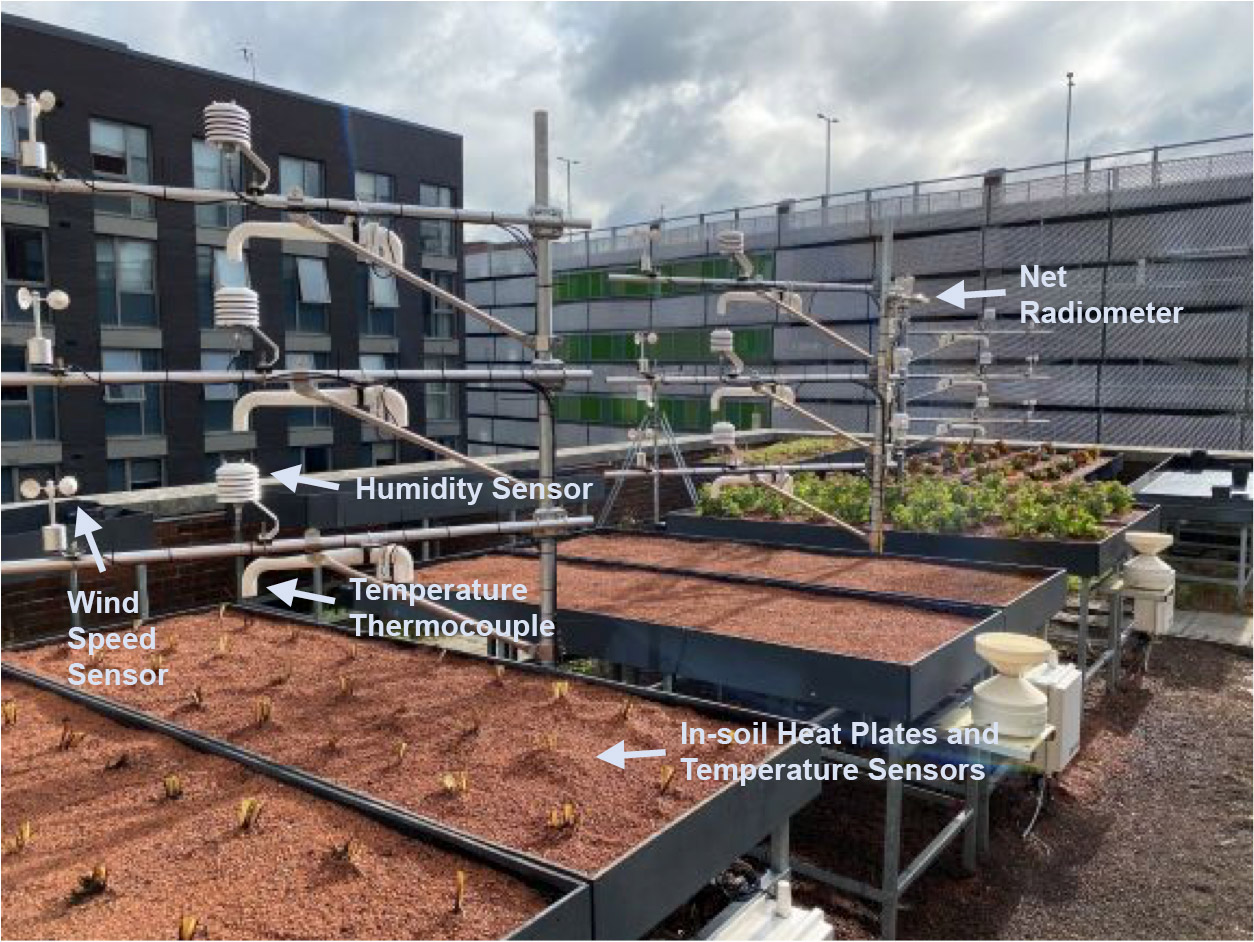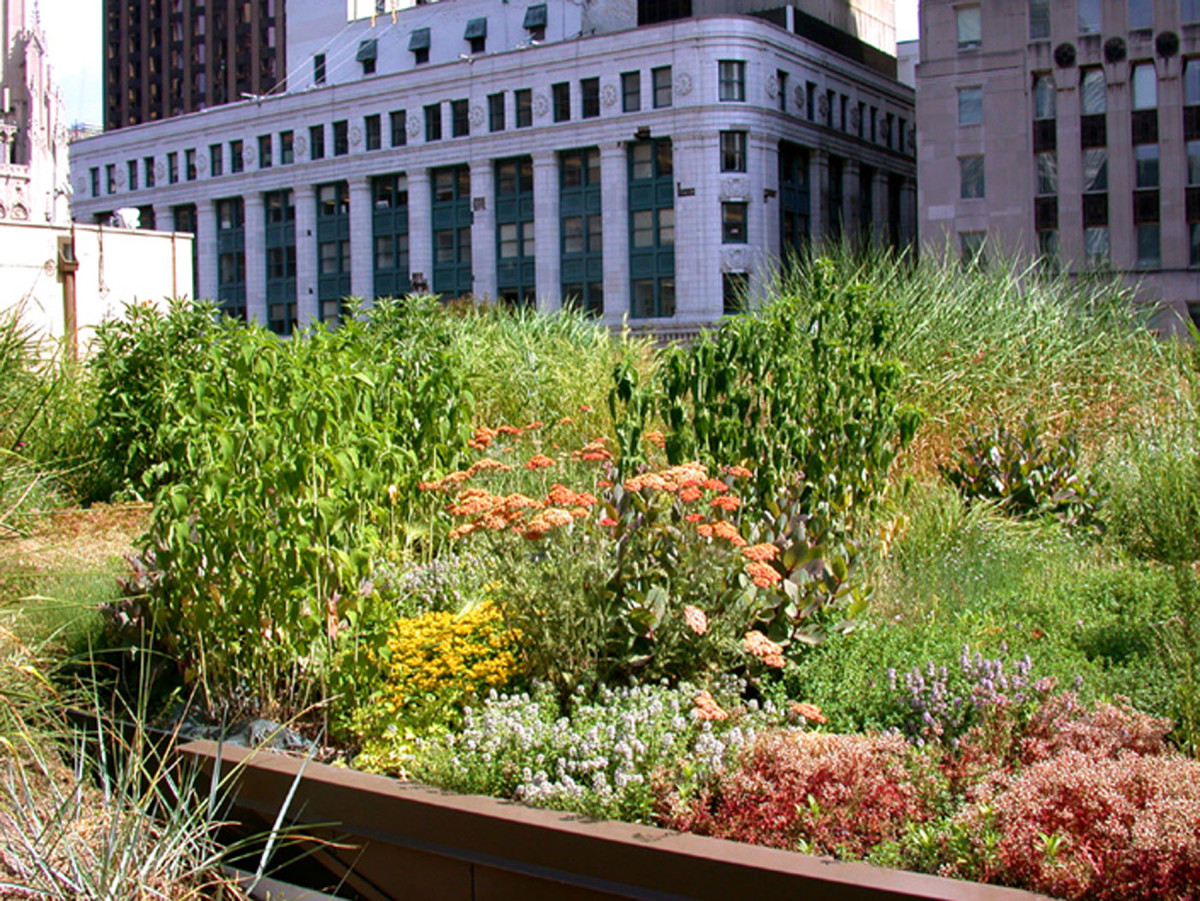Harmony in Urban Living: Exploring Biophilic Roof Gardens Biophilic roof gardens bring the beauty of nature to urban landscapes, offering...
Biodiversity on rooftops
Revolutionizing Urban Spaces: Green Roof Stormwater Management Urban areas face challenges in managing stormwater runoff, contributing to environmental issues like...
Transforming Skylines: The Brilliance of Green Roof Gardening Green roof gardening has emerged as a transformative practice, bringing life and...







